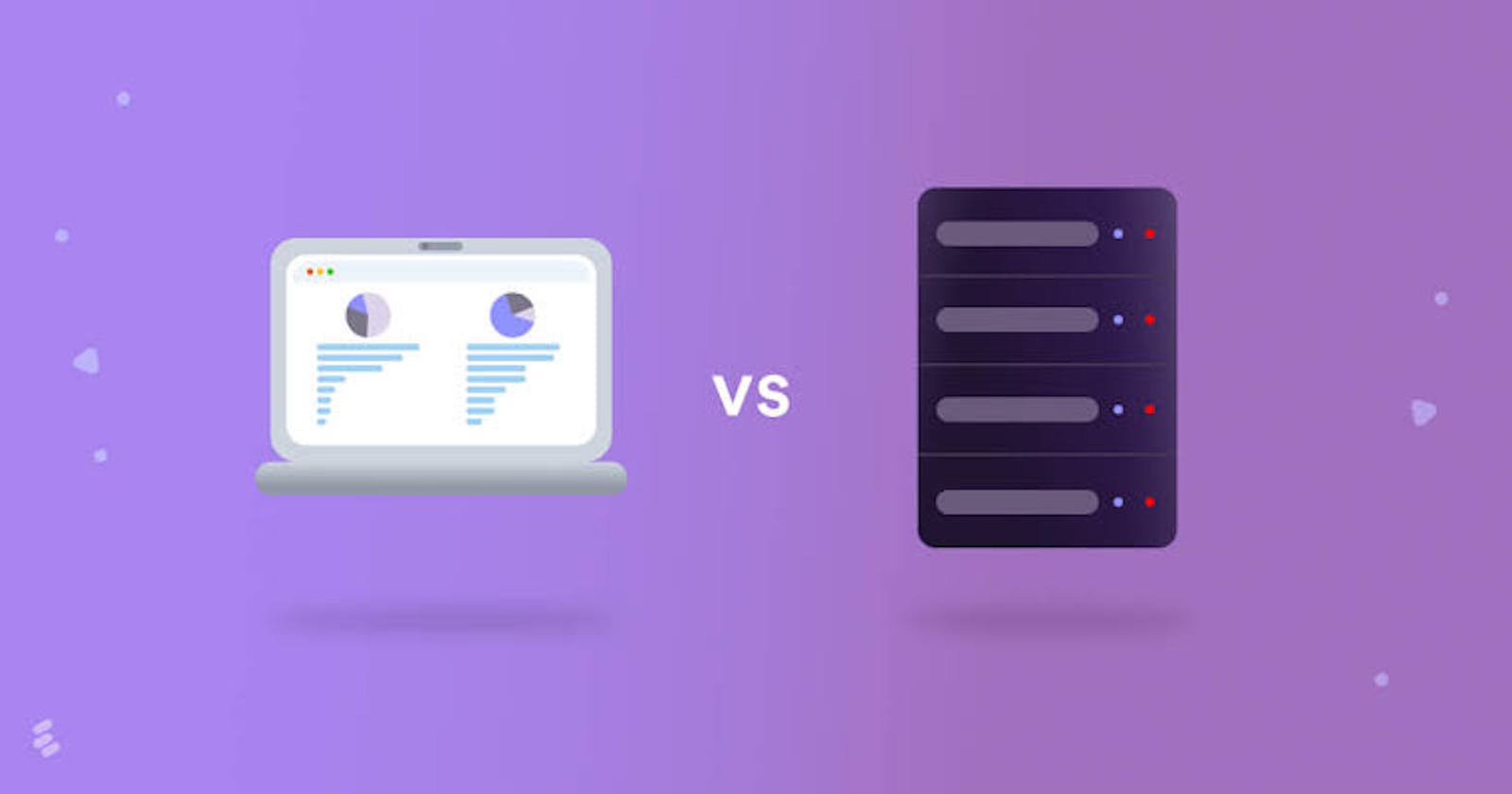Filtering data in web applications can be managed either on the server-side or the client-side, each with its own advantages and disadvantages.
Server-side Filtering:
This involves performing filtering operations on the server before sending data to the client's browser. It's efficient for handling large datasets and ensures data security. However, it can increase server load and may result in slower response times.
Client-side Filtering:
With client-side filtering, data is retrieved from the server and filtering is done within the user's browser using JavaScript or similar technologies. This provides instant feedback to users and reduces server load. However, it may struggle with large datasets and can pose security risks if sensitive data is exposed to clients.
Choosing between server-side and client-side filtering depends on factors like dataset size, security requirements, and desired user experience. A hybrid approach can also be effective, combining both methods for optimized performance and user interaction.

